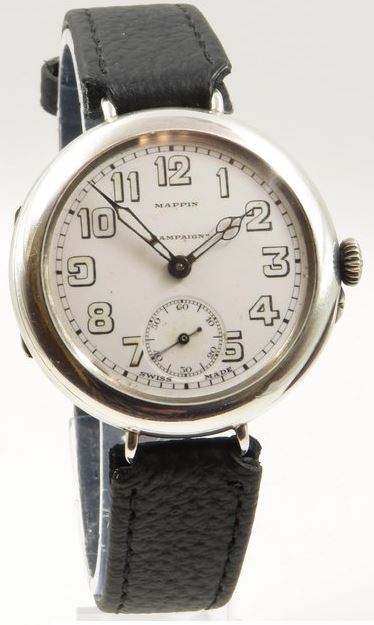Last updated on June 27, 2024
When starting an antique collection, it can be easy to get carried away, buying the first item that you see. However, if you do not choose your antique watches carefully, you could end up with a collection which has gained little value over the years, and also one where the pieces have little cohesion together as a complete collection. At Time Worn Watches we’ve written a list of the 10 golden rules of antique watch collecting to help get you started and on track with your new collection.
Do your research
Before starting your collection, it is important to learn as much as possible about the types of watches you are interested in. Read books, research online, and consult with experts to familiarize yourself with the different styles, makers, and histories of antique watches. There are many active online forums where members share detailed information about movements and watchmakers.
Set a budget
Determine how much you can afford to spend on each watch and your overall budget for the collection. Keep in mind that prices can vary widely based on condition, rarity, and other factors. Always buy the best example that you can afford. Owning a single flawless example will add more value to your collection than owning three or four sub-standard antique watches.
Purchase from reputable sources
Only buy antique watches from reputable specialist dealers, auctions, or private sellers with a proven track record. Always be cautious of deals that seem too good to be true, as they may be fraudulent or fake.
Consider condition
The condition of the watch can greatly affect its value and desirability to collectors. Look for watches that are in good condition, with minimal wear and tear, and in proper working order. That said, avoid watches that have been heavily restored or have many replaced components. Originality is also very important to collectors. Watches that are clearly damaged should be avoided although patina is often highly desired by collectors.
Look for rarity
Seek out watches that are rare or unique in some way, as these are usually the most valuable to collectors. Watches with unusual complications or historical significance can also be highly sought after.
Build a cohesive collection
Consider the overall theme or style of your collection and try to build a cohesive set of watches that complement each other. This can increase the value and appeal of your collection as a whole to potential buyers in the future. My collection focuses on English and Swiss pocket watches and World War 1 trench watches. These would potentially be considered three separate collections if I were considering selling.
Keep your collection safe
Once you start acquiring antique watches, it is important to store and maintain them properly to preserve their value. Invest in a secure storage option and take steps to protect them from damage or theft. Store the watches in a location that is out of direct exposure to bright light and extreme changes in temperature.
Only ever buy an antique watch you really like
Buying an antique watch that you truly like is going to bring you greater satisfaction, than a timepiece that you merely tolerate. It is also something you are going to want to use, and that is part of my collector experience, I want to use and enjoy my watches. It is also more probable that it will continue to hold a significant place in your antique collection for the years to come. Remember, if the antique watch is valuable and desirable to you, it is likely to appeal to other collectors.
Don’t buy an antique watch because it is in “fashion”
While it may be tempting to follow current trends, it’s important to consider that these trends can quickly change. If you invest in something solely based on its current popularity, you may end up paying a premium for an item that will lose its value once the next trend emerges. Instead, focusing on your own area of expertise can help you determine the true value of an antique timepiece. Therefore, it is best to trust your own instincts rather than relying on fleeting trends.
Always consider servicing
Has the watch you intend on buying been serviced recently? Do you have a complete service history? What is the power reserve? How well is the watch keeping time? If the power reserve is less than 30 hours or the watch is running more than +/- 1 minute a day, then the watch is likely to be in need of a service. Try and buy watches that have been serviced by the dealer immediately prior to purchase. It is wise to factor in the cost of a service if the service history is unknown.
Related content
Clocks and watches at The British Museum.

I would like to buy an antique watch as a gift for someone special in my life to mark a siginificant milestone (wedding). A nice pocket watch would be perfect. Is a chain necessary? Will the antique pocket watch keep working? Should I get it engraved?
Hi Tom, try some of my preferred suppliers for antique pocket watches. An Albert watch chain will be an absolute neccesity for an antique pocket watch. A single Albert is the easiest option. Your antique pocket watch should keep working perfectly well, but will need a service every 5 – 10 years. An inscription is probably not the best idea if the timepiece is ever to be sold. Inscriptions reduce the originality of the timepiece and therefore its value. I hope this helps, thanks for commenting, Jason